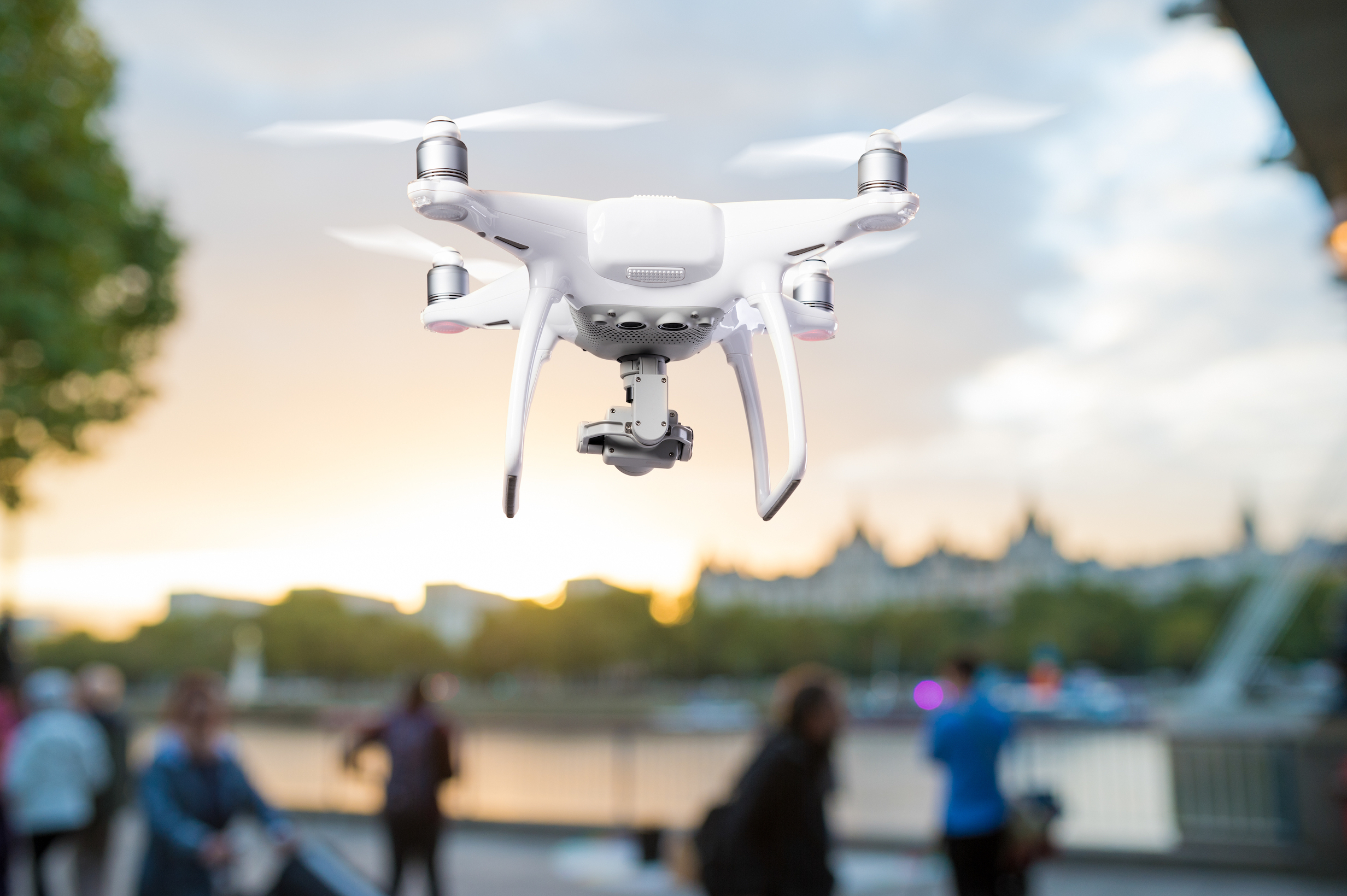Reaching new heights in the battle against COVID-19
 UniSA researchers, in partnership with a Canadian drone technology company (Draganfly Inc), are developing a ‘pandemic drone’ capable of remotely detecting infected people in crowded places.
UniSA researchers, in partnership with a Canadian drone technology company (Draganfly Inc), are developing a ‘pandemic drone’ capable of remotely detecting infected people in crowded places.
The UniSA team led by Defence Chair of Sensor Systems, Professor Javaan Chahl, is working closely with the company to immediately start integrating commercial, medical and government customers.
Fitted with a specialised sensor and computer vision system, the drone will be able to monitor temperature, heart and respiratory rates, as well as detect people who are coughing and sneezing in crowds. This includes offices, airports, cruise ships, aged care facilities and other places where people typically congregate.
“We were concerned about privacy from the outset and have implemented three strategies to ensure it is maintained” says Prof Chahl. “First the system records symptoms of the virus not individuals with the virus, it won't recognise faces. Secondly a major cyber security provider is working with us to protect cameras, drones and other "edge" devices. Lastly, a well-known cloud provider will provide certified secure storage.”
Algorithms are used to extract a human’s heart and breathing rate and can detect actions like coughing and sneezing.
Prof Chahl, in collaboration with Dr Ali Al-Naji and Asanka Perera, achieved global recognition in 2017 when they demonstrated image-processing algorithms that could extract a human’s heart rate from drone footage.
Since then, they have proven that heart and breathing rates can be measured with high accuracy within 5-10 metres of people using drones and at distances of up to 50 metres with fixed cameras. They have also successfully developed algorithms that can interpret human actions such as coughing and sneezing.
The technology is now being pitched as a viable screening tool for the COVID-19 pandemic. The technology was originally envisaged for war zones and natural disasters as well as remotely monitoring heart rates of premature babies in incubators.
Now, the need for its use has become more immediate as we try to save lives in the biggest health crisis the world has experienced in the past 100 years.


